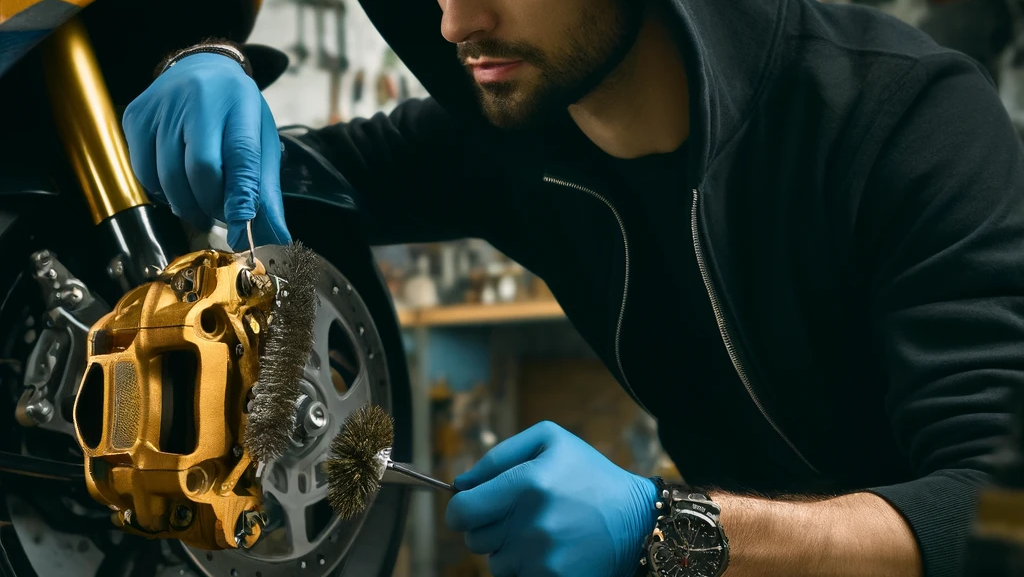Got squeaky brakes? It’s probably time to service your brake calipers! This guide will walk you through everything you need to know to keep your brakes in top shape, ensuring your vehicle stops safely every time.
Why Servicing Your Brake Calipers Is Important
Brake calipers are crucial components in your vehicle’s braking system. They house the brake pads and pistons, applying pressure to the brake rotors to slow down or stop your vehicle. Over time, calipers can get dirty, corroded, or worn out, leading to reduced braking efficiency and potential safety hazards. Regular maintenance of your brake calipers ensures optimal braking performance and prolongs the life of your brake components.
Tools and Materials You’ll Need
Before you start, gather the following tools and materials:
- Jack and jack stands
- Lug wrench
- C-clamp or brake caliper tool
- Socket set and wrenches
- Brake cleaner
- High-temperature brake grease
- Brake fluid
- Rags or paper towels
- Safety gloves and glasses
Step-by-Step Guide to Servicing Your Brake Calipers
1. Prepare Your Vehicle
Park your vehicle on a level surface and engage the parking brake. Loosen the lug nuts on the wheels where you’ll be servicing the calipers, but don’t remove them yet.
2. Lift and Secure Your Vehicle
Use a jack to lift the vehicle and secure it with jack stands. Ensure the vehicle is stable before proceeding.
3. Remove the Wheel
Finish loosening the lug nuts and remove the wheel to expose the brake caliper.
4. Inspect the Brake Components
Take a close look at the brake caliper, rotor, and pads. Check for any signs of damage or excessive wear. If the brake pads are worn out, replace them.
5. Remove the Brake Caliper
Locate the caliper bolts and use a socket or wrench to remove them. Carefully slide the caliper off the rotor and hang it using a piece of wire or a caliper hanger to avoid putting stress on the brake hose.
6. Clean the Caliper
Spray the caliper with brake cleaner to remove dirt and grime. Use a brush to scrub away any stubborn debris. Be sure to clean the caliper slide pins and their boots thoroughly.
7. Inspect and Lubricate the Caliper
Check the caliper for any signs of damage or corrosion. If the caliper pistons are sticking or the slide pins are rusty, they may need to be replaced. Apply a thin layer of high-temperature brake grease to the slide pins and other moving parts to ensure smooth operation.
8. Reinstall the Brake Caliper
Carefully place the caliper back over the rotor and align it with the mounting bracket. Insert and tighten the caliper bolts to the manufacturer’s specifications.
9. Check Brake Fluid Levels
Open the brake fluid reservoir and check the fluid level. Top it off if necessary with the recommended type of brake fluid.
10. Test Your Brakes
Before driving, pump the brake pedal a few times to ensure the caliper pistons are properly seated and the brakes are functioning correctly. Reinstall the wheel, tighten the lug nuts, and lower the vehicle. Double-check the lug nuts for tightness.
Maintenance Tips for Your Brake Calipers
- Regularly inspect your brake calipers and pads for wear and tear.
- Keep an eye on your brake fluid levels and top off as needed.
- Use high-quality brake components and lubricants to ensure longevity and performance.
- Avoid aggressive driving, which can cause excessive wear on your brakes.

